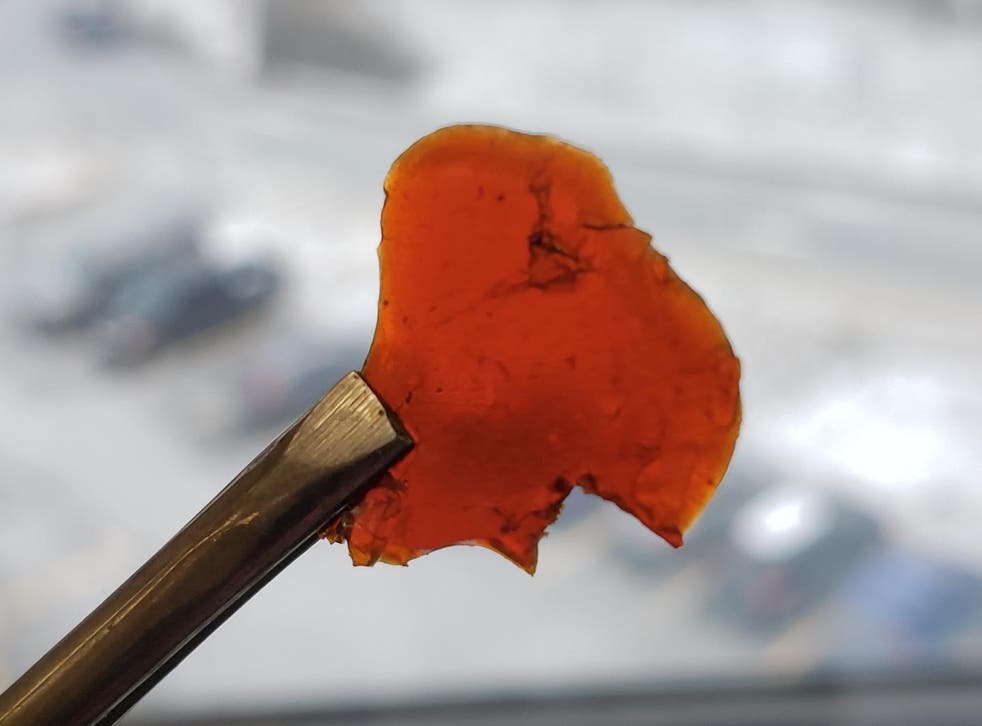Polyurethane is a type of plastic that’s found almost everywhere — including shoes, clothing, refrigerators and building materials. But these versatile materials also have a major drawback. Traditional polyurethane is extracted from crude oil, which is toxic when synthesized and decomposes slowly, which is not friendly to the environment. Today, researchers discussed designing what they say is a safer, biodegradable alternative derived from fish waste — fish heads, bones, skin and intestines, materials that are likely to will be discarded.

The researchers will present their results today at the Spring Meeting of the American Chemical Society (ACS).
Francesca, lead researcher on the project
Dr Kerton said that if developed, a fish oil-based polyurethane could help meet the huge demand for more sustainable plastics. “It’s important that we start designing plastics with an end-of-life plan, whether it’s chemical degradation, turning the material into carbon dioxide and water, or recycling and reusing.”
To create the new material, Kerton’s team extracted oil from the remains of decomposed Atlantic salmon. “I find it interesting how we can make useful things out of the trash that people just throw away, and even change the way plastics are made.” Mikhailey, a graduate student who presented the work at the meeting
Wheeler said. Kerton and Wheeler both attended Memorial University of Newfoundland, Canada.
Traditional methods of producing polyurethane present several environmental and safety concerns. It requires crude oil (a non-renewable resource) and phosgene (a colorless and highly poisonous gas). The synthesis process produces isocyanates, which are strong respiratory irritants, and the final product does not readily break down in the environment. Limited biodegradation can release carcinogenic compounds. At the same time, the demand for greener alternatives is increasing. Previously, some people used plant-extracted oils to develop new polyurethanes to replace petroleum. However, these also have a downside. The crops that produce oil, usually soybeans, require land that could otherwise be used to grow food.
Leftover fish strikes Kerton as a promising alternative. Salmon farming is a major industry in coastal Newfoundland, where her university is located. After the fish is processed, the remainder is usually discarded, but oil is sometimes extracted from it. Kerton and her colleagues developed a process to convert this fish oil into a polyurethane-like polymer. First, they added oxygen to the unsaturated oil in a controlled manner to form an epoxy, similar to the molecules in epoxy resin. After reacting these epoxides with carbon dioxide, they linked the resulting molecules with nitrogen-containing amines to form new materials.
But does the plastic have a fishy smell? “When we started the fish oil process, there was a faint fishy smell, but that went away as we went through the steps,” Kerton said.
Kerton and her team described the approach in a paper last August. Wheeler has been tweaking it since then. She has recently had some success swapping amines for amino acids, which simplifies the associated chemistry. Previously, the amines they used had to be extracted from cashew nut shells, whereas amino acids already exist in nature. Wheeler’s preliminary results suggest that histidine and asparagine can fill the amine positions by linking components of the polymer.
In other experiments, they have begun to investigate how easily the new material may decompose once its useful life is over. Wheeler soaked its pieces in water, and to speed up the degradation of some, she added lipase, an enzyme that breaks down fats like those found in fish oil. Under the microscope, she later saw microbial growth on all the samples, even those that had been in clear water, an encouraging sign that the new material might biodegrade easily, Wheeler said.
Kerton and Wheeler plan to continue testing the effects of using an amino acid in the synthesis and to investigate how well the material is adapted to microbial growth that would speed up its breakdown. They also plan to study its physical properties to see its potential for practical applications, such as in packaging or clothing fibers



 微信扫一扫打赏
微信扫一扫打赏
